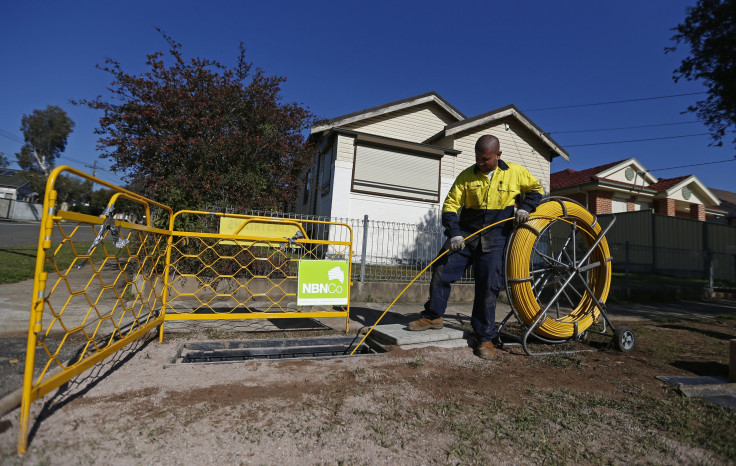Over 1000 homes in Melbourne, Sydney connect to fibre-to-the-curb NBN service

Over 1,000 homes in Sydney and Melbourne were connected to the very first commercially available fibre-to-the-curb (FTTC) NBN service on Monday. Homes in Coburg, North Melbourne, and Miranda, South Sydney can soon have access to “fibre-like” speeds, as to how device supplier NetComm Wireless calls it.
NBN fibre optic cable is laid out in a telecommunications pit underneath the footpath. NBN Co then uses the existing copper network to connect the short distance to the home.
The technology, NBN Co said, could offer wholesale speeds of up to 100 megabits per second (Mbps). NBN Co described it as a "world first.”
Like fibre to the node (FTTN), FTTC connects households through copper wiring. The difference is that as the wire is laid from a telecoms pit, the shorter distance to the home means it can have the potential to deliver higher speeds. FTTC in its current form can deliver speeds of up to 100/40Mbps.
Fibre to the node uses the existing copper network. The length is longer underground before it gets to homes, which suggests slower speeds.
Premises that currently do not have the NBN will receive the new technology. NBN Co reportedly plans to connect 1 million homes and businesses in Australia with the new FTTC technology by 2020.
There were calls from organisations like not-for-profit peak body Internet Australia for the FTTC technology to replace all future rollouts of FTTN. Minister for Communications Senator Mitch Fifield explained on Sunday, after launching the product in Miranda, that NBN looks area-by-area at what makes sense in a given area in terms of logistics and costs.
The ABC quotes Fifield as saying, "All of the NBN that isn't already constructed is in planning or design. At the moment the best estimate is that it'll be about a million premises nationwide that will benefit."
Meanwhile, Telstra CEO Andrew Penn has called for a price regulation "as quickly as possible" as he warned about the telco's inability to continue to absorb increases in NBN wholesale pricing. He argued that wholesale prices paid by RSPs "in the migration to the NBN have more than doubled and are set to increase even further” as he addressed the CommsDay Summit in Sydney.
NBN Co plans to introduce a new copper acceleration technology, Gfast, in selected areas by the end of 2018. The new technology has the potential to deliver higher speeds.





















